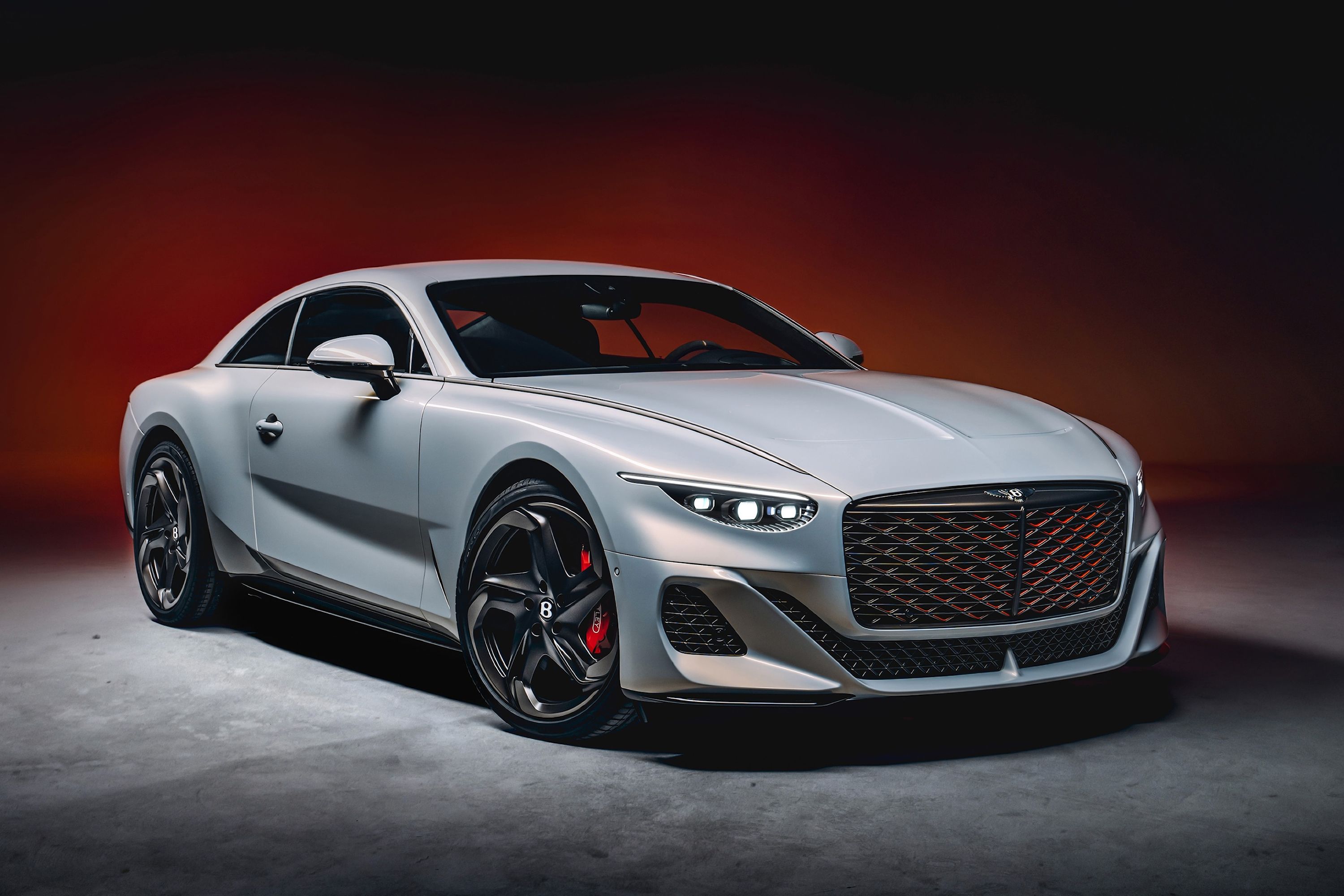
Bentley has announced it will cease building its beloved W12 engine in April 2024 after a 21-year production run that saw over 105,000 units hand-built at the marque's factory in Crewe, England. The news does not come as a complete shock following Bentley's 2021 confirmation that it will become an electric-only carmaker by 2030 as part of its Beyond 100 strategy.
While the 6.0-liter twin-turbocharged W12's upcoming demise is sad, Bentley is promising it will go out with a "dramatic send-off." Development has already been completed "on the most powerful version of the W12 ever created" for the upcoming $1.95 million Mulliner Batur. In this unique limited-run special by Mulliner, the impressive W12 will produce 740 horsepower (750 PS) and 738 lb-ft of torque.
"Our progressive journey towards sustainable luxury mobility means making changes to every area of Bentley Motors," said Bentley chairman and CEO Adrian Hallmark. "When we first launched the W12 back in 2003, we knew we had a mighty engine that would propel both our cars and the brand forwards at speed. 20 years and more than 100,000 W12s later, the time has come to retire this now-iconic powertrain as we take strides towards electrification - but not without giving it the best send-off possible, with the most powerful version of the engine ever created."
Bentley says that a limited number of less powerful W12s - 659 hp - will be offered in Speed versions of the Continental GT, Bentayga, Flying Spur, Continental GT Mulliner, and Flying Spur Mulliner, all of which are still available to order.
Demand for the Mulliner models will be high, and Bentley highly encourages anyone interested to place an order before it's too late. After all, Bentley is the only manufacturer building the W12 configuration, making it a highly unique specimen in a world of cookie-cutter automotive powertrains.
Bentley further wants to clarify its goal to retain and redeploy the 30 skilled craftspeople charged with hand-assembling the W12.
More than likely, their future assignment will be on the expanded production line for other engines, specifically plug-in hybrid models using the V6, and V8, which is what the W12 production line will be repurposed for.
Since its launch in 2003, the W12 has gone through regular upgrades, most recently in 2015, when its crankcase was made 30% stronger, cylinder surfaces were coated to help reduce friction and improve corrosion resistance, and a low-alloy steel coating was applied to the bores. The cooling system also received several enhancements.
Compared to the V12, the W12 is unique thanks to its W-configuration because it's 24% shorter, allowing for better packaging and greater cabin space. It combines high-pressure fuel injection with low-pressure port injection, with the combination lowering emissions, maximizing refinement, and optimizing power and torque delivery.
It will be dearly missed by all.
